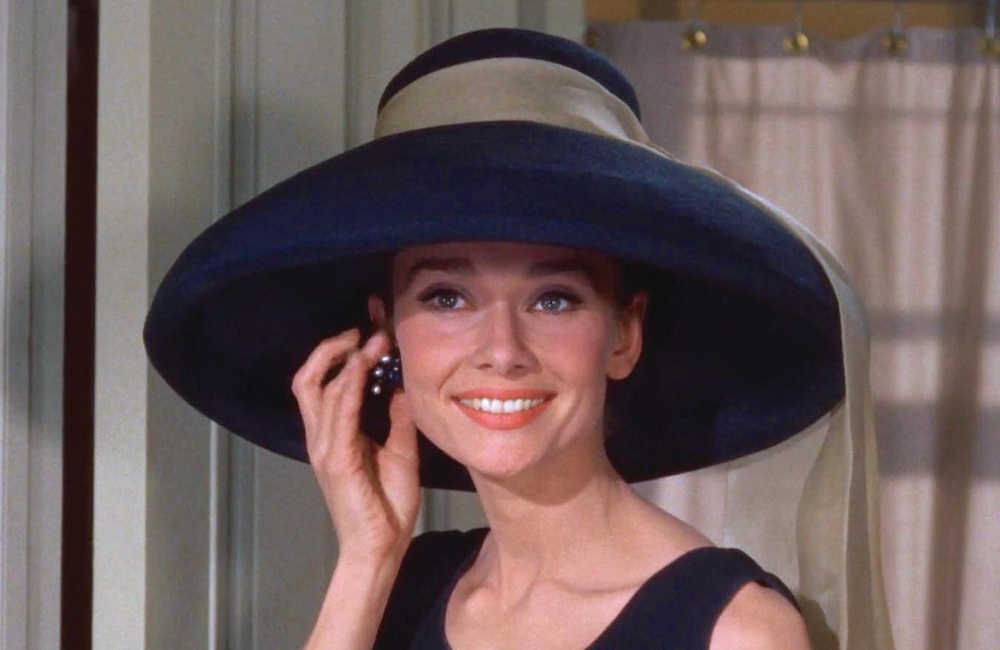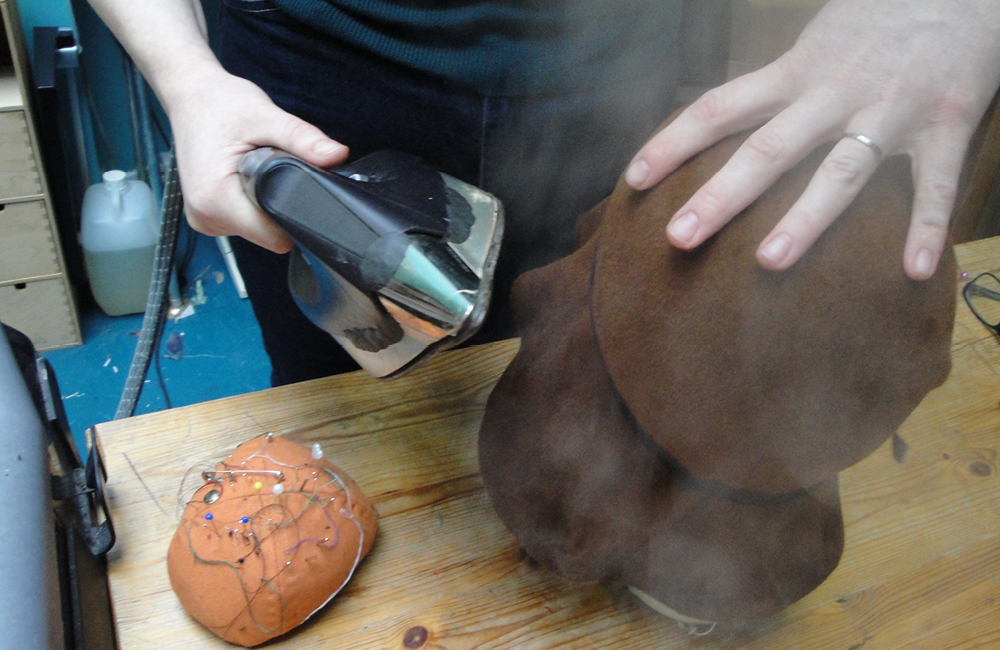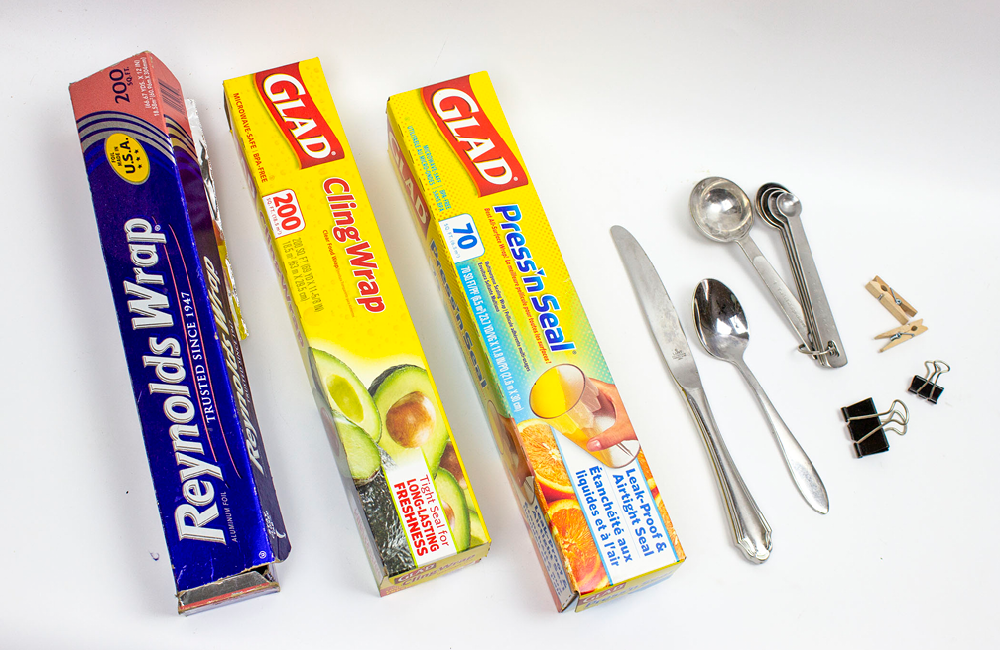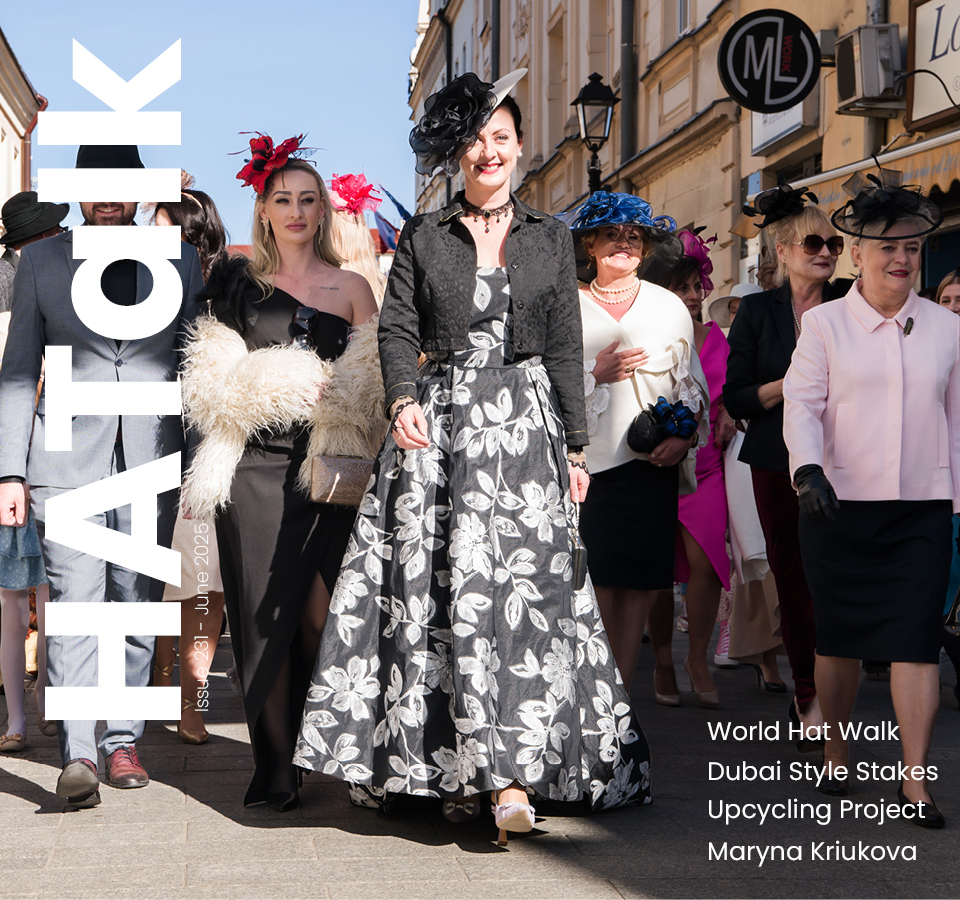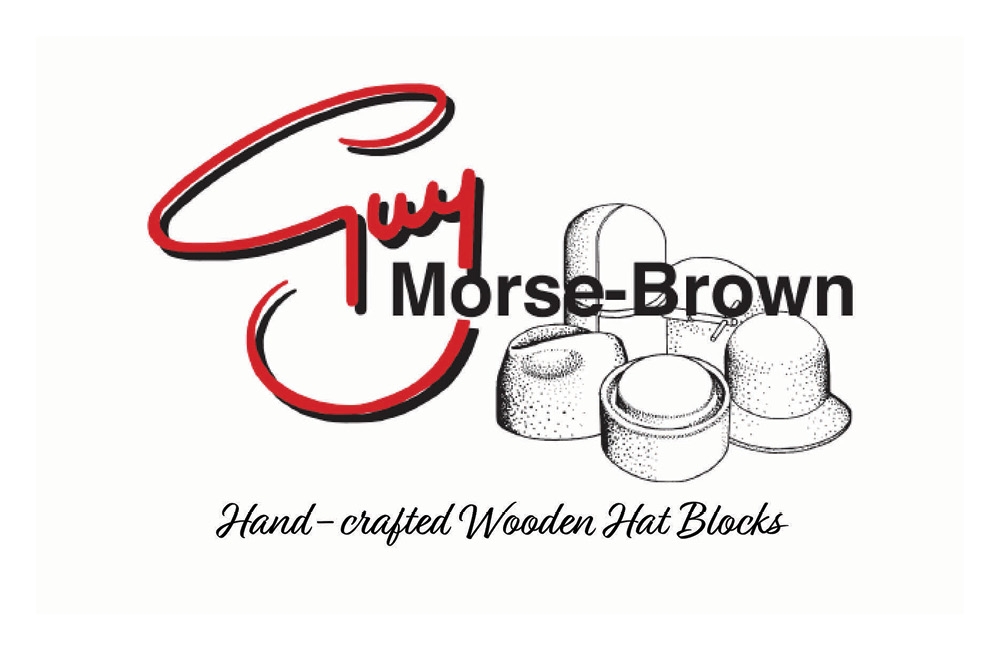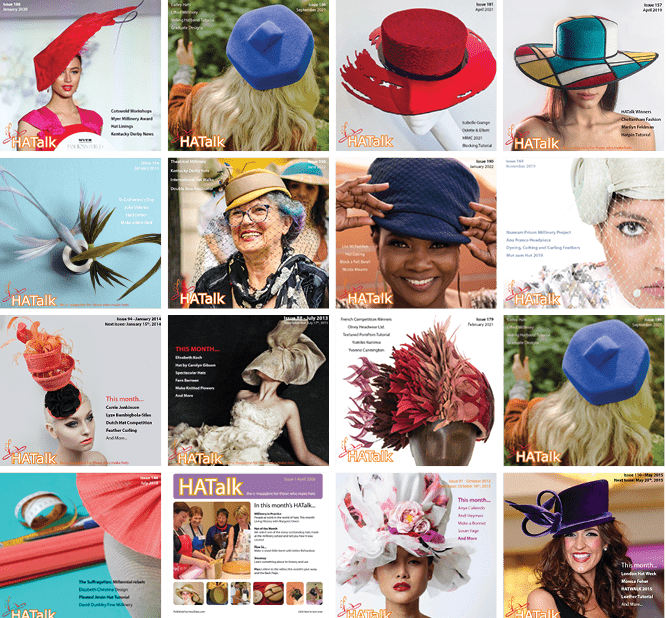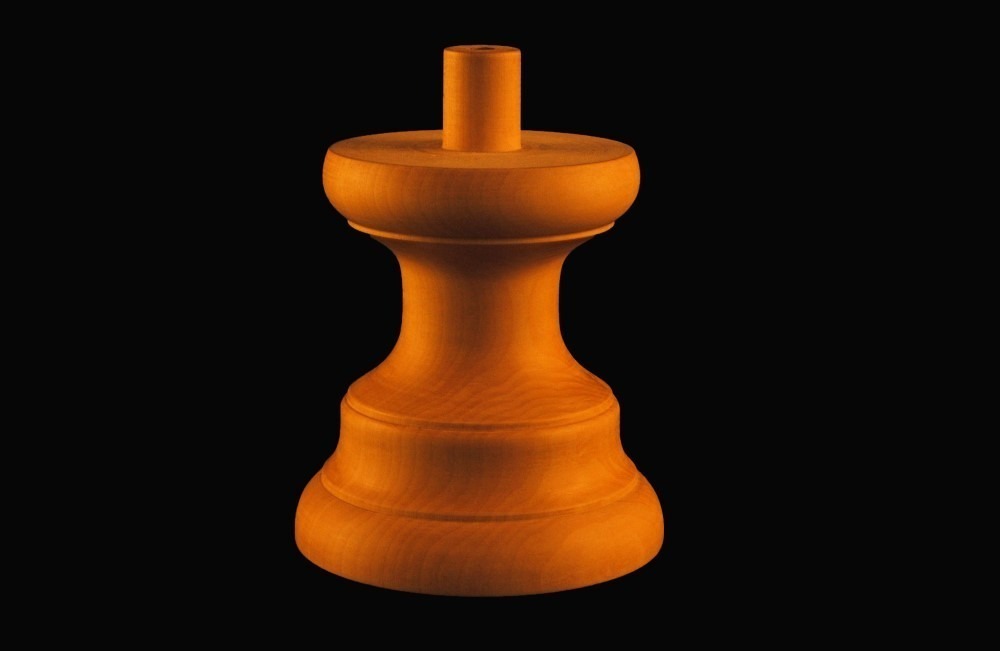Blog / Finding the Best Feathers for Millinery
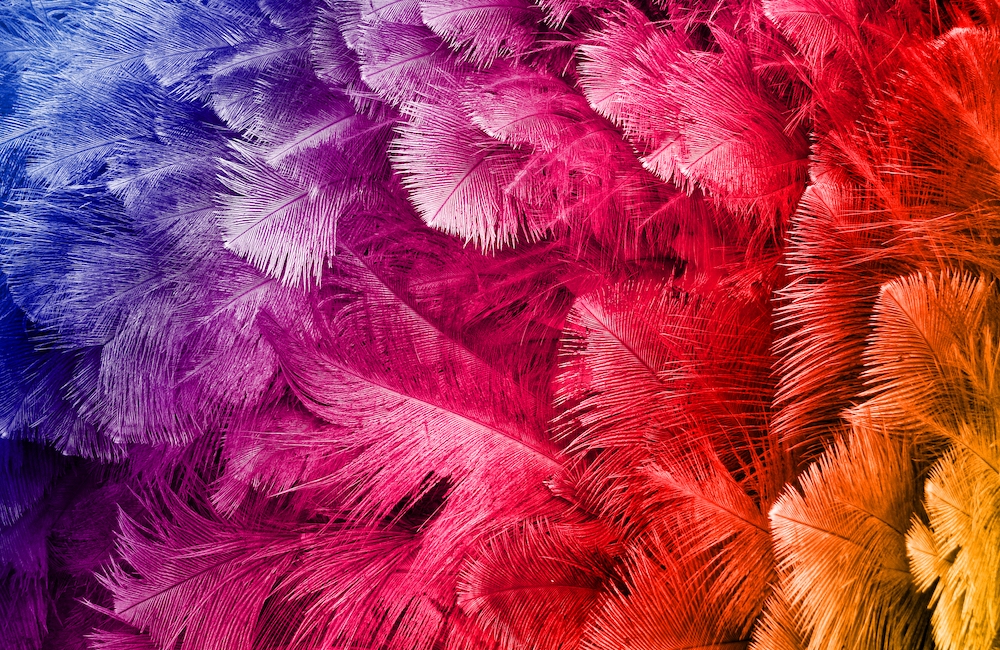
Finding the Best Feathers for Millinery
Using Feathers for Millinery
One of the most historically popular and elegant hat trimmings is feathers. From large, dramatically fluffy ostrich plumes to spiky points, feathers for millinery are so versatile and come in so many variations that they can be an endless source of inspiration.
I love working with feathers; they are shapeable (through heat and cutting) and are also dyeable since they are a natural material. They are beautiful in their natural state or can be manipulated into fancier trims. There are lots of types and terms to learn, so let’s start by going over some of the main feathers for millinery by their bird type, along with some ideas on how to use them.
Ostrich Feathers
Ostrich is probably the most popular of the feathers for millinery. They can range in size from 6″ to 30″ long.
- Drabs are body feathers, not as full as wing or plume. Great for volume at a cheaper price.
- Wing/Plume feathers are the most dramatic, like the type used in large burlesque fans. They also have nice thick stems that make an interesting trim when stripped.
- Spads are immature wing feathers with thinner tips. These are great for trimming to a point.
Goose Feathers
- Biots come from the front row of the wing. They are often knotted or curled to create hat trims. When curled, they appear to have jagged points.
- Nagoire are my favorite feather to use for cutting and shaping. They have a firm stem that holds its shape when stripped or trimmed but is still small enough for easy curling. I used nagoire goose feathers in my Feather Peony Project (below).
- Pointers/Wings are very stiff with a pointed tip. One side of the quill has more feathers than the other.
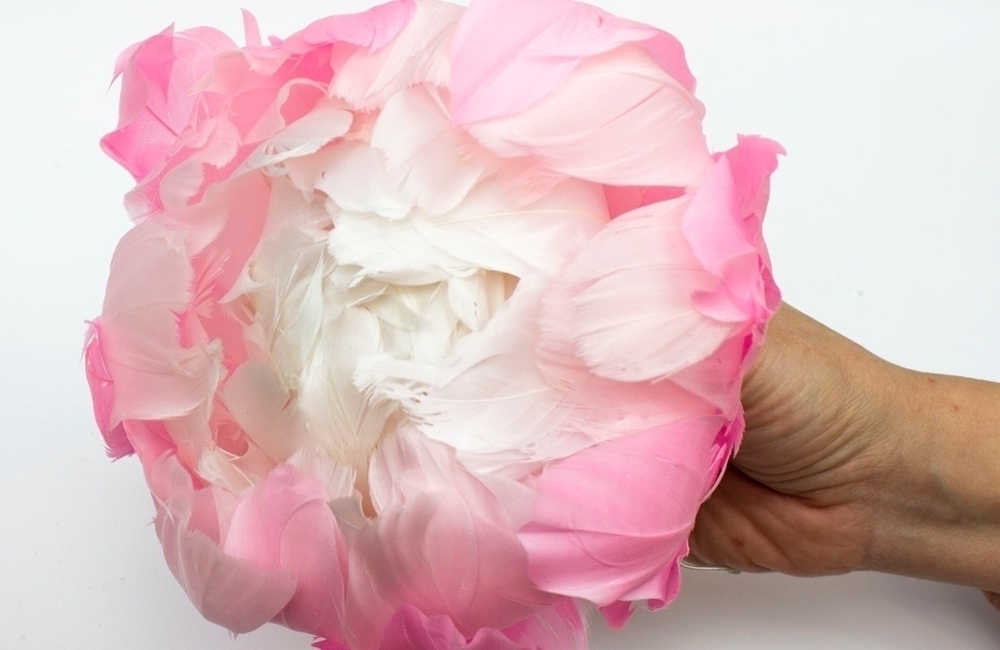
Turkey Feathers
- Quills are stiff and the tops are often cut. They are 10″- 12” long and are often used for designing “floating feather” headpieces. Their larger size and stiffness make them great for gradient dyeing techniques.
- Marabou are fluffy with a small quill. These are good for volume and texture.
- Pointers/Wings are very stiff with a pointed tip and one side of the quill has more feathers than the other.
- Flats are around 6” with a fluffy body and a straight flat edge across the top. The straight edge gives them an interesting texture for flowers or layering.
Rooster Feathers
- Hackle are small, soft wispy feathers that make a good filler feather. They are sometimes sold in ready-made mounts which easily be turned into a quick fascinator like the one pictured below.
- Saddle are slightly longer than hackle and have a naturally pointed tip.
- Coque tail are nice feathers for millinery because they are long and skinny with a more flexible spine. These are good for cutting or layering with other feathers and hold an interesting draped shape.
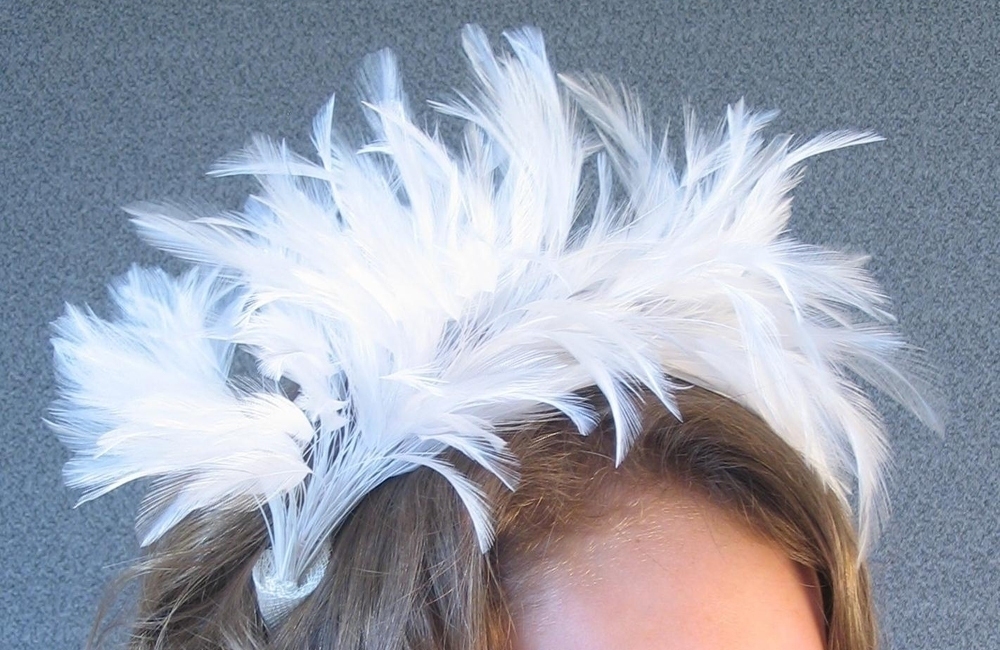
Peacock Feathers
- Peacock feathers are usually sold in their natural state but are available dyed as well.
- Flue/Herl are thin, fringy feathers. Their natural fringe texture makes them great to work with for a dramatic flair.
- Swords have a long, blade-like shape, with feathers on one side of the quill. These are great for curling, which can be done in a similar way to curling a gift ribbon.
- Eyes are the naturally stunning pattern in the center tip of a peacock tail feather. They can come in a variety of sizes and lengths and take on interesting colors when dyed.
Pheasant Feathers
- Pheasant feathers are generally sold by the type of pheasant, as each bird has unique, beautiful natural plumage. Although they have body and wing feathers, the most sought after type of pheasant feathers for millinery come from the tail.
- Ring neck tail feathers are generally the most available and can be purchased dyed as well. Their long, narrow pointed shape, sturdy spine and striped patterning make these a great high drama addition to your hat designs.
You can purchase feathers from millinery suppliers like Humboldt Haberdashery or specialist feather shops.
Who knew there was so much to feathers? That’s one of the great things about being a milliner, there are so many great materials to work with and learn about. And, by learning, we get inspired to try new ideas. The best thing to do with feathers is to practice – play with cutting, trimming and curling and see what you can come up with!
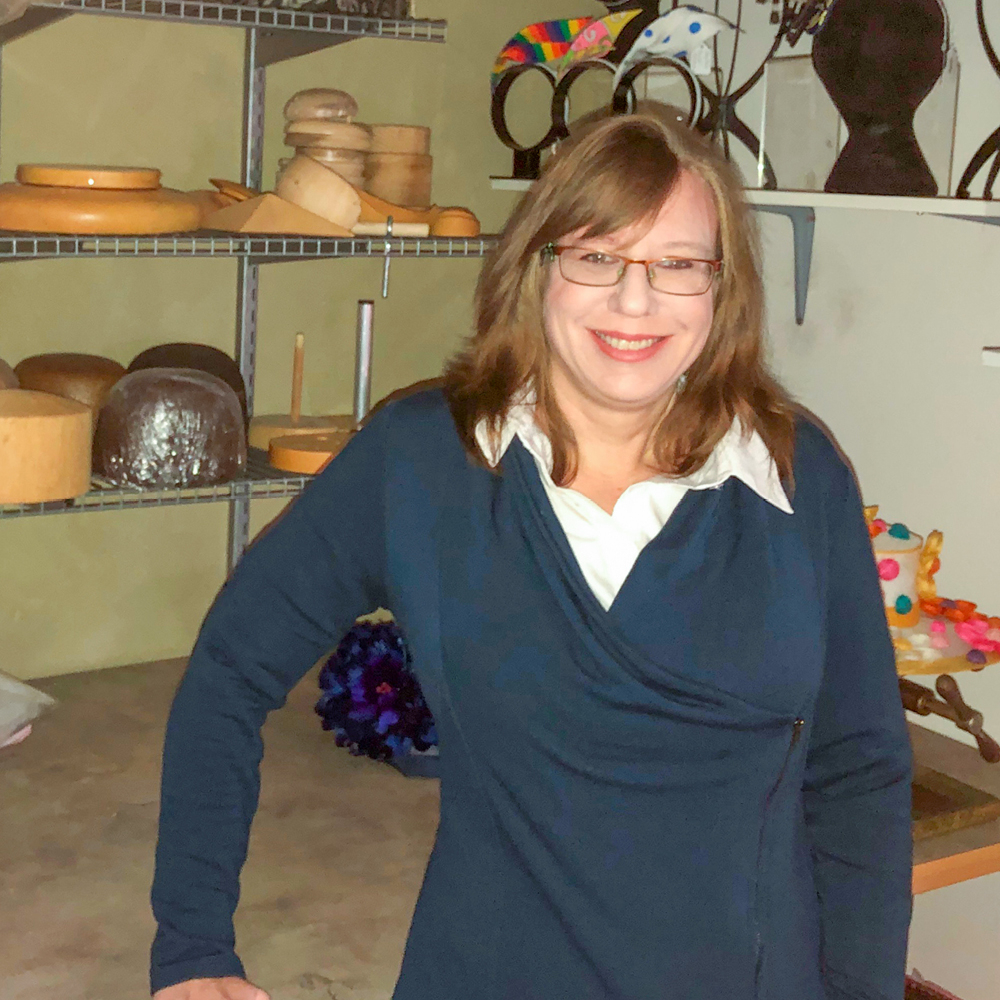
About the Author
Amy Fowler is the creator of the bespoke, California-based Millinery by Amy Fowler label. She also runs Humboldt Haberdashery, an online millinery supplier.
See Amy’s full bio HERE.
Popular Articles
Latest e-Magazine
Featured Supplier

Finding the Best Feathers for Millinery
Using Feathers for Millinery
One of the most historically popular and elegant hat trimmings is feathers. From large, dramatically fluffy ostrich plumes to spiky points, feathers for millinery are so versatile and come in so many variations that they can be an endless source of inspiration.
I love working with feathers; they are shapeable (through heat and cutting) and are also dyeable since they are a natural material. They are beautiful in their natural state or can be manipulated into fancier trims. There are lots of types and terms to learn, so let’s start by going over some of the main feathers for millinery by their bird type, along with some ideas on how to use them.
Ostrich Feathers
Ostrich is probably the most popular of the feathers for millinery. They can range in size from 6″ to 30″ long.
- Drabs are body feathers, not as full as wing or plume. Great for volume at a cheaper price.
- Wing/Plume feathers are the most dramatic, like the type used in large burlesque fans. They also have nice thick stems that make an interesting trim when stripped.
- Spads are immature wing feathers with thinner tips. These are great for trimming to a point.
Goose Feathers
- Biots come from the front row of the wing. They are often knotted or curled to create hat trims. When curled, they appear to have jagged points.
- Nagoire are my favorite feather to use for cutting and shaping. They have a firm stem that holds its shape when stripped or trimmed but is still small enough for easy curling. I used nagoire goose feathers in my Feather Peony Project (below).
- Pointers/Wings are very stiff with a pointed tip. One side of the quill has more feathers than the other.

Turkey Feathers
- Quills are stiff and the tops are often cut. They are 10″- 12” long and are often used for designing “floating feather” headpieces. Their larger size and stiffness make them great for gradient dyeing techniques.
- Marabou are fluffy with a small quill. These are good for volume and texture.
- Pointers/Wings are very stiff with a pointed tip and one side of the quill has more feathers than the other.
- Flats are around 6” with a fluffy body and a straight flat edge across the top. The straight edge gives them an interesting texture for flowers or layering.
Rooster Feathers
- Hackle are small, soft wispy feathers that make a good filler feather. They are sometimes sold in ready-made mounts which easily be turned into a quick fascinator like the one pictured below.
- Saddle are slightly longer than hackle and have a naturally pointed tip.
- Coque tail are nice feathers for millinery because they are long and skinny with a more flexible spine. These are good for cutting or layering with other feathers and hold an interesting draped shape.

Peacock Feathers
- Peacock feathers are usually sold in their natural state but are available dyed as well.
- Flue/Herl are thin, fringy feathers. Their natural fringe texture makes them great to work with for a dramatic flair.
- Swords have a long, blade-like shape, with feathers on one side of the quill. These are great for curling, which can be done in a similar way to curling a gift ribbon.
- Eyes are the naturally stunning pattern in the center tip of a peacock tail feather. They can come in a variety of sizes and lengths and take on interesting colors when dyed.
Pheasant Feathers
- Pheasant feathers are generally sold by the type of pheasant, as each bird has unique, beautiful natural plumage. Although they have body and wing feathers, the most sought after type of pheasant feathers for millinery come from the tail.
- Ring neck tail feathers are generally the most available and can be purchased dyed as well. Their long, narrow pointed shape, sturdy spine and striped patterning make these a great high drama addition to your hat designs.
You can purchase feathers from millinery suppliers like Humboldt Haberdashery or specialist feather shops.
Who knew there was so much to feathers? That’s one of the great things about being a milliner, there are so many great materials to work with and learn about. And, by learning, we get inspired to try new ideas. The best thing to do with feathers is to practice – play with cutting, trimming and curling and see what you can come up with!

About the Author
Amy Fowler is the creator of the bespoke, California-based Millinery by Amy Fowler label. She also runs Humboldt Haberdashery, an online millinery supplier.
See Amy’s full bio HERE.
